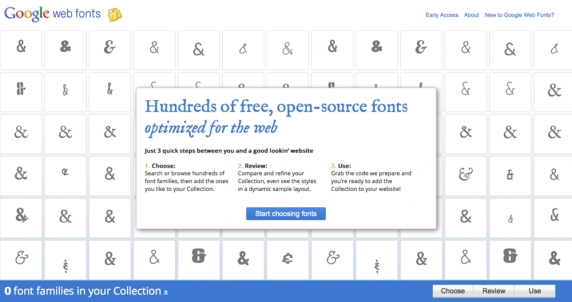
JoomlaWorks
When we choose to have VPS servers (aka virtual machines or VMs for short) instead of dedicated servers, we usually opt for VMware's free ESXi 5 and install Ubuntu Server as the OS for the VPSs we create on top of ESXi 5. It may not be as friendly as some VPS providers like Amazon, Rackspace etc. but you got more control and it's on YOUR hardware (pretty important actually!)...
Now, when you build a VPS on VMware, you start with say 40GBs of hard disk space. You install the OS, setup the server, move the sites on this new server and you're on. But what happens when there's no more room on the server for your site or sites and you need to add more disk space?
If you got a Mac (or Linux box) the process is quite easy. And here it goes...
I bet you never know those existed. Some are still active, some are dead. Check them out...
And in case you don't know where this all started, check Mambo.
A couple of months ago I stumbled upon a website in which the source code included some funky tracking events of Google Analytics (GA) inside the site's links... To be honest, I didn't know at that point Google Analytics could be extended like that, so I dug deeper to learn more.
If you're not an SEO expert using buzzwords like ROI, SEM, CPR etc., you're probably using GA for browsing page views, visitor count, browser percentages etc. Turns out, GA offers at a "basic level" the option to track unique events on your website, e.g. a click on a link or a file download. Which makes statistics viewing way more interesting...
IMPORTANT NOTICE: A poll is now setup in the K2 Community for people to voice their opinion more properly
First, some facts...
Joomla 1.6's life cycle is very short. Just 6 months. By July 2011, the Joomla team will end development and proceed to releasing Joomla v1.7.This is very disturbing for many big projects like K2, considering all the big changes that 1.6 has introduced in its framework (language files, content elements, classes, functions, ACL etc. etc.) and the unnecessary workload added (see language files going back to Joomla 1.0 days), especially for free extensions like K2, Virtuemart and many more...Many developers have expressed doubts about 1.6. Jen Kramer also nailed it in her recent blog post: Joomla 1.6 and Beyond: Should I upgrade? Should I build my new sites in it?
So did Andy Miller of RocketTheme fame on: Should I upgrade to Joomla 1.6?
Back to the title of this post...
Although improving Joomla's performance is a task that requires in-depth analysis, I thought I'd just write a couple of words on improving one aspect of your site's performance quickly and efficiently: PHP execution by using the APC or APCu opcode caching modules. Keep in mind that APC is compatible with PHP up to version 5.3.x. APCu replaces APC for PHP versions 5.4.x or newer and it's currently under active development.
Since PHP 5.3.x is considered obsolete, I'll cover the steps to have APCu installed on your server. If you run PHP 5.3.x either consider updating to 5.5.x/5.6.x or follow the steps below making sure you replace any "apcu" reference with just "apc" (minus the "u").
We all know Feedburner. The cool service offered by Google that makes distributing your RSS feed a lot better with analytics, various RSS feed reader support and so on...
If you wanna use Feedburner, you just sign up for the service with your Google account on http://feedburner.google.com and then provide your "home page" RSS feed (usually something like mywebsite.com/?format=feed). Feedburner will in turn give you back a new RSS feed link (something like feeds.feedburner.com/mywebsite) which you can use to "proxy" people who read your feeds via Feedburner and enjoy all the goodies the service can offer.








